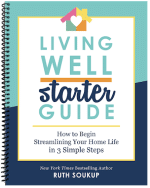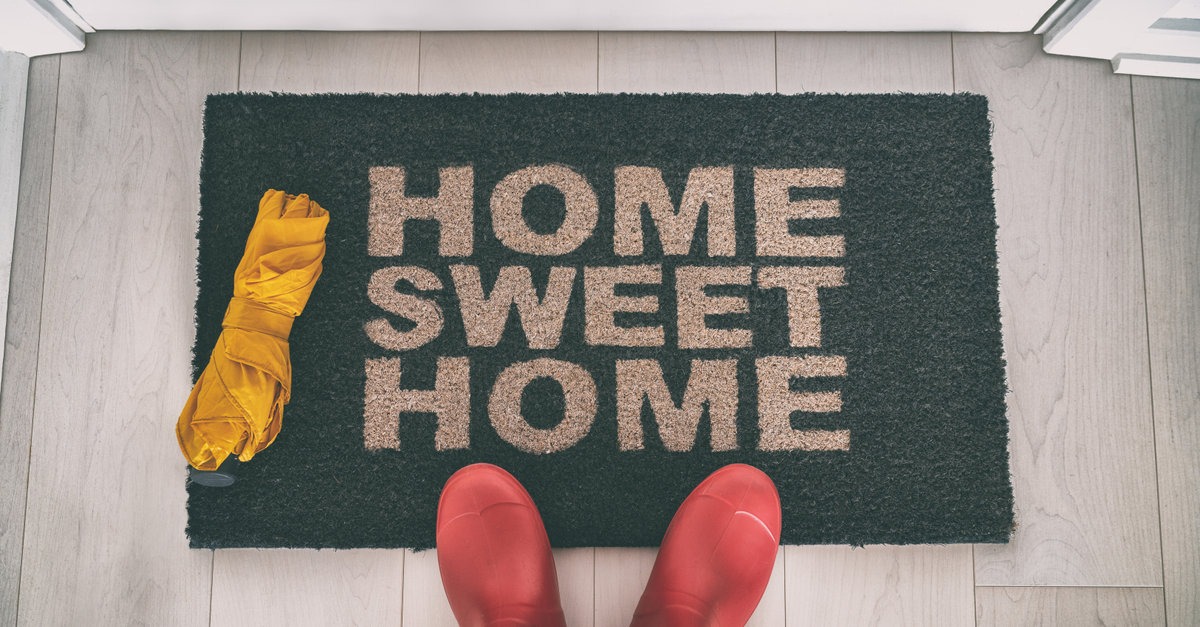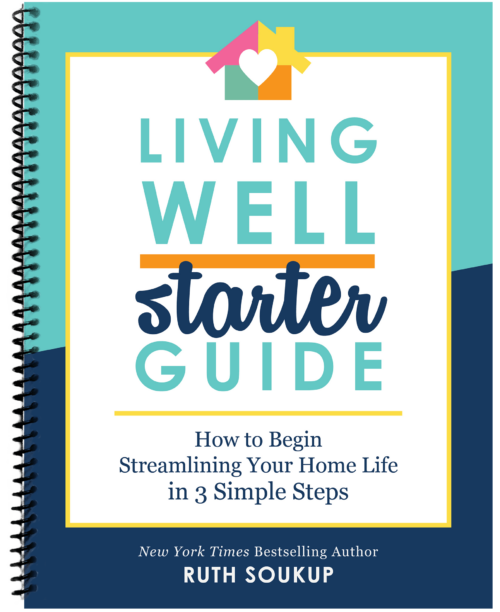Water is the enemy of a home. Here’s what to look out for and how to prevent major water damage when it invades.
I drink 64 ounces of water a day. And then some.
But you know what doesn’t like to drink water? Your house.
Water may be essential to leading a healthy lifestyle, but it certainly is not healthy for a home! In fact, water is one of the worst enemies of a home. In all my years of owning properties and helping others on their home buying journey, I’ve learned a few things about looking out for and preventing major water damage.
Check the roof, especially after major storms.
Your roof is your first defense from exterior water getting in. And it can take a beating during major storms. So check it to be sure it’s in good shape. Are any of the shingles curling up? Are there shingles missing? And don’t forget to check it from the inside too! Get into your attic and look around with a flashlight. Do you see any signs of water intrusion?
Hint: If you have a mortgage, you have homeowners insurance and that insurance can cover roof damage from storms. So don’t hesitate to have a professional inspect your roof after a big storm – you just might get to make good use of that insurance!
Take care of your chimney.
If you have a fireplace, especially wood-burning, you have a chimney. While it may not be the first thing that comes to mind when you think of water damage, it can certainly be a source of unwanted moisture intrusion. If not maintained and checked, water can deteriorate the masonry around a chimney and further allow water to find a way inside the flue and your house. And with moisture and dark conditions, comes mold and mildew. Something no one wants to deal with!
So make sure to have your chimney and fireplace inspected and serviced annually. A small amount of money for a service call each year can help keep you ahead of any major problems in the future. And, if you don’t have a chimney cover, look into installing one. Without a cover, chimneys are wide open for any rainfall to go straight down into your home.
Keep your gutters clear.
Clogged gutters don’t drain properly and that water has to go somewhere – down the side of a house, in cracks of brick mortar, behind siding, into window sills, and right at the foundation. Water has a funny way of finding its own way and creating a path into sneaky places – and that’s not a path you want to give it.
Clearing your gutters of debris allows them to properly move water away, not into, your house.
Direct all rainwater and run-off away from the foundation.
It doesn’t just stop with cleared-out gutters though. Downspouts that dump out right at your foundation can be just as bad. As can be garden beds or driveways that slope towards your house. Water takes the path of least resistance, so it will go right into the foundation and can cause cracking, settling and seepage under doors or into basements. Too much, and you’ll be dealing with structural issues in your foundation or water in your basement.
It’s best to make sure any run-off is directed away from your house on all sides. Extend downspouts (the most economical option are these downspout extenders from Home Depot) and make sure all grading of dirt, garden beds, concrete, etc. gently slopes away from your house. In extreme cases, you might need to consult a professional for possibly installing a sump pump or doing other waterproofing measures.
Check the crawlspace for standing water or leaks.
Water or moisture in a crawl space is a no-no. Over time it can cause foundation and structural problems, as well as fungus and mold issues. Both of which impact the health and safety of your home (and you!).
A quick check of your crawl space every few months can save you a whole lot of headaches. If you do have water in your crawlspace, work to determine the cause – like downspouts dumping water at the foundation or a plumbing leak – and solve the issue.
Keep an eye on all indoor plumbing.
A drippy faucet can be one thing, but a leaky pipe you can’t see inside a wall is a whole other! It can not only cause damage to walls, flooring, and cabinetry but also fosters the growth of mold if left unattended.
Stay diligent in paying attention to faucets, under sinks, appliances with plumbing, and around walls and ceilings where you know plumbing exists. Water problems can show up as a puddle of water under a sink, brown spotting on walls and ceilings, bubbling of paint, or drywall or wood that is soft to the touch. If you see any of this, you’ll want to investigate it immediately to lessen the extent of the damage any further.
Inspect around doors and windows.
Rainwater that’s not directed away properly can pool around doors and windows. This can rot wood trim and seep into your home at these openings.
Check your trim around windows and doors. If the interior trim is soft to the touch, it has water damage and you’ll want to assess the root cause immediately. If trim paint is peeling, this is often an indicator of water damage as well. If water is pooling near a door entrance, check the door threshold as water can seep underneath and cause flooring and subflooring damage. Adjusting the threshold and finding ways to redirect water away from a door will keep water from entering your home. In more challenging cases, you might consult a concrete contractor about re-sloping concrete work and installing French drains to catch any run-off before it enters your home.
Water can be a sneaky guy. So even with these seven things to keep an eye on, you still might not catch him. Paying attention to your water bill and water pressure can also be helpful. Any major spike in usage without obvious increased usage or abnormal weakened water pressure without a known cause could be a sign of a leak somewhere.
And you’ll also want to make note of where your main water shut-off is located. If a major issue arises, this turns off the water supply running to your house so you can stop the unwanted flow of water temporarily and prevent any further damage from occurring.
Water damage to a house can be costly. But the good news is you can lessen the extent of any damage (and hopefully cost!) by knowing what to look for and catching it sooner rather than later.
PIN for Later:

TAKE BACK CONTROL OF YOUR HOME LIFE
 Ever feel like you just can't keep up? Our Living Well Starter Guide will show you how to start streamlining your life in just 3 simple steps. It's a game changer--get it free for a limited time!
Ever feel like you just can't keep up? Our Living Well Starter Guide will show you how to start streamlining your life in just 3 simple steps. It's a game changer--get it free for a limited time!
If you love this resource, be sure to check out our digital library of helpful tools and resources for cleaning faster, taking control of your budget, organizing your schedule, and getting food on the table easier than ever before.











With surprise heavy rains in many parts of the U.K., this is an important guide on how to protect your home. An interesting read.